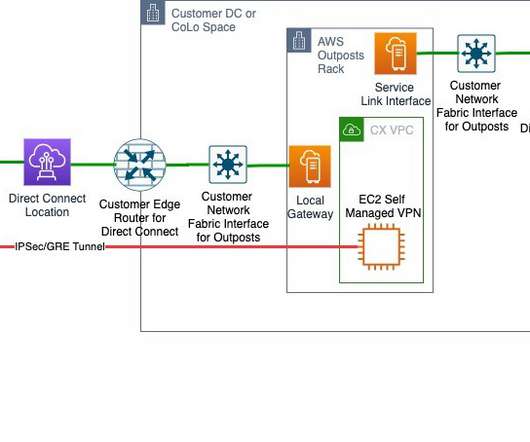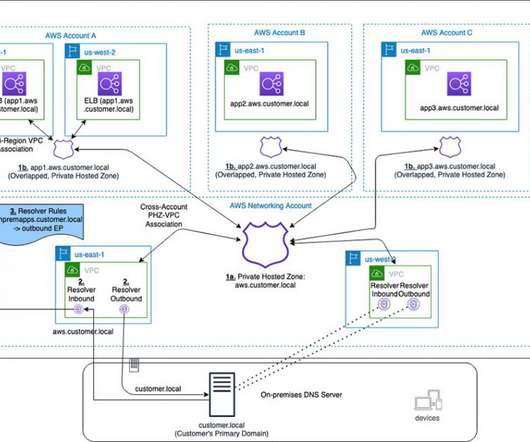Field Notes: Setting Up Disaster Recovery in a Different Seismic Zone Using AWS Outposts
AWS Disaster Recovery
NOVEMBER 24, 2020
That’s why many customers replicate their mission-critical workloads in multiple places using a Disaster Recovery (DR) strategy suited for their needs. Depending on the RPO and RTO of the mission-critical workload, the requirement for disaster recovery ranges from simple backup and restore, to multi-site, active-active, setup.











Let's personalize your content